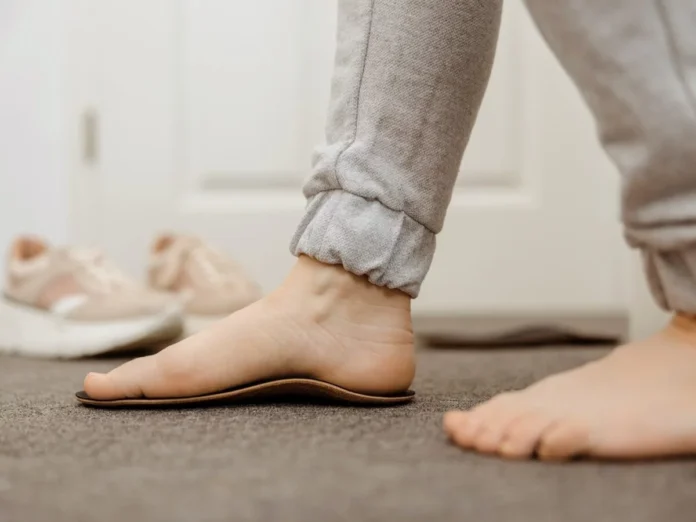Flat feet, a condition where the arches of the feet collapse, have long been associated with discomfort and potential injury. However, recent research suggests that the stigma surrounding flat feet may be unwarranted. In fact, flat feet may be more common and less problematic than previously believed.
Contrary to popular belief, having flat feet does not necessarily predispose individuals to injuries such as shin splints, stress fractures, or plantar fasciitis. While it’s true that some people with flat feet may experience discomfort or pain, many individuals with flat feet lead active, pain-free lives without any adverse effects on their mobility or overall health.
One of the primary reasons for the misconception about flat feet is the tendency to overdiagnose and overtreat the condition. Medical professionals may prescribe orthotic inserts or recommend corrective measures unnecessarily, leading to unnecessary expenses and potential discomfort for patients.
Recent studies have shown that flat feet are more prevalent than previously thought, with estimates suggesting that up to 30% of the population may have flat feet. In many cases, flat feet are simply a variation of normal foot anatomy and do not require medical intervention unless they are causing significant pain or impairment.
For individuals with flat feet who experience discomfort or pain, conservative measures such as wearing supportive footwear, performing specific foot exercises, and maintaining a healthy weight can often alleviate symptoms and improve overall foot function. Surgical intervention is typically reserved for severe cases where conservative treatments have failed to provide relief.
By debunking the myth that flat feet are inherently problematic, healthcare providers can help alleviate patients’ concerns and avoid unnecessary treatments. Encouraging patients to focus on maintaining overall foot health through regular exercise, proper footwear, and weight management can lead to better outcomes and improved quality of life for individuals with flat feet.
Further research into the biomechanics of flat feet and their relationship to injuries is ongoing, shedding new light on the subject. Some studies suggest that factors such as muscle strength, flexibility, and overall conditioning may play a more significant role in injury risk than foot structure alone. This underscores the importance of addressing overall physical fitness and movement patterns rather than focusing solely on foot arch height.
Moreover, embracing the idea that flat feet are a normal variation of foot anatomy can help reduce the stigma associated with the condition. Rather than viewing flat feet as a flaw or a source of potential injury, individuals can appreciate the diversity of human anatomy and focus on maintaining overall health and well-being.
Educating healthcare professionals and the general public about the true nature of flat feet is crucial in promoting informed decision-making regarding treatment options. By providing accurate information and dispelling myths, individuals with flat feet can make empowered choices about their foot care and avoid unnecessary medical interventions.
While flat feet have been historically linked to injuries and discomfort, recent research suggests that they may be more common and less problematic than previously thought. By reframing the narrative around flat feet and adopting a holistic approach to foot health, individuals can lead active and fulfilling lives without undue concern about their foot structure.

